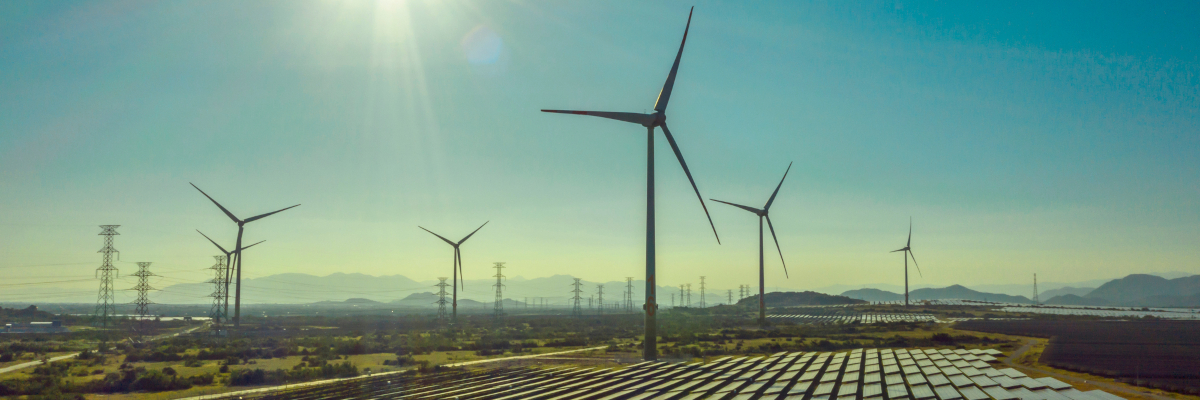This “hanging garden system” is an innovative reactor system for the efficient production of microalgae consisting of several vertically suspended tubes (see picture gallery). In the specially formed photobioreactor (PBR), algae can make use of a larger proportion of the light supply with less space consumption compared to a pond system. In order to effectively cultivate algae cultivation on an industrial scale, a sufficient quantity of CO 2 is necessary, as is a maximum utilization of solar radiation. The PBR allows optimal light absorption, as the surface exposed to the sun is maximized in comparison to other systems. By this measure a high-quality, productive algae breed becomes possible.
Furthermore, the system CO 2 is fed for optimal photosynthesis activity. The fine CO 2 blisters generated in this process make it possible to distribute nutrients throughout the reactor and, on the other hand, prevent the deposition of algae on the reactor surface. The nutrient medium can thus reach up to six meters of height within the vertically suspended reactor tubes without an additional pumping system. This allows about 10 cm² of the reactor’s surface area to provide 3.2 m² of the surface area. The reactor system is closed and therefore prevents evaporation and contamination by other organisms.
Algae production on an industrial scale means that it is not only possible to produce a regenerative raw material, but also to reduce CO 2 from industrial processes. Furthermore, the algae can absorb the nitrogen and phosphorous components dissolved in the waste water and convert them into valuable biomass.
Further Information: LINK






